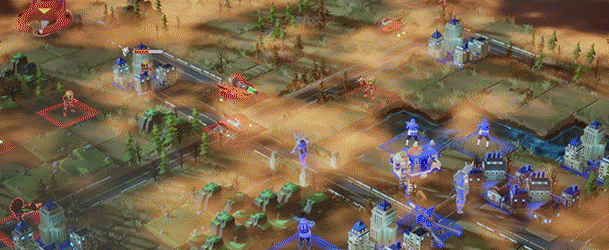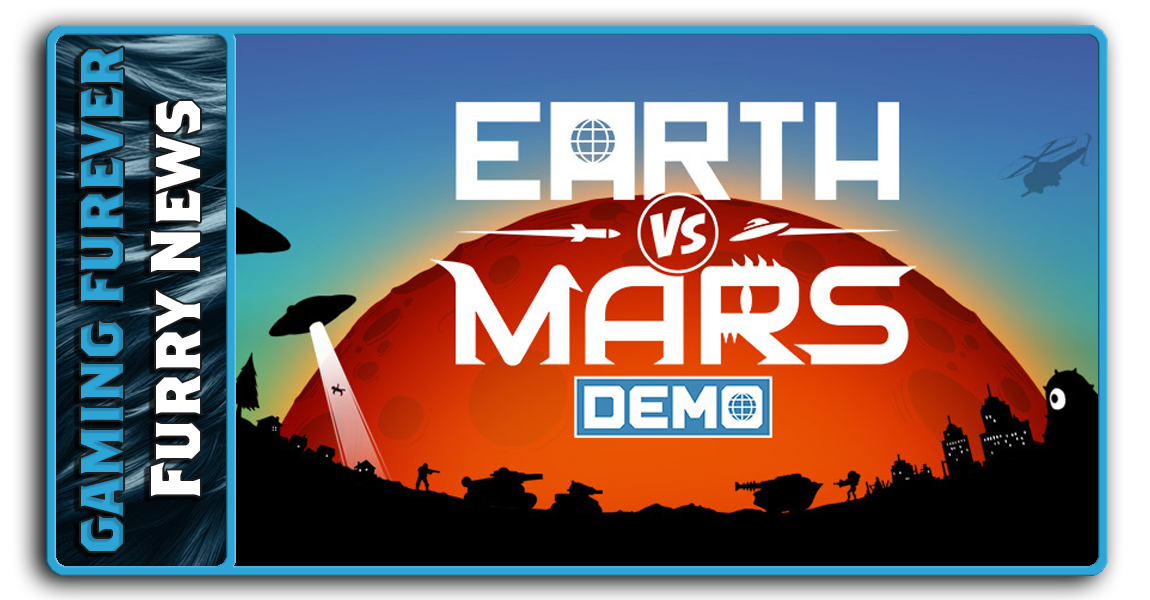Relic developed one of my favorite strategy games, the Dawn of War series. So when they announced Earth vs. Mars, I was taken aback that they were making a turn-based game instead of an RTS. Announced earlier this year, it was a departure from their usual style of gritty real-time violence. Earth vs. Mars is a turn-based strategy that feels intimately familiar to those who played games like Advanced Wars, Wargroove, or Tiny Metal. Units consist of infantry, tanks, artillery, and helicopters, led by commanders with special abilities you charge up by winning fights and capturing points. There are two things I noticed that expand the formula.
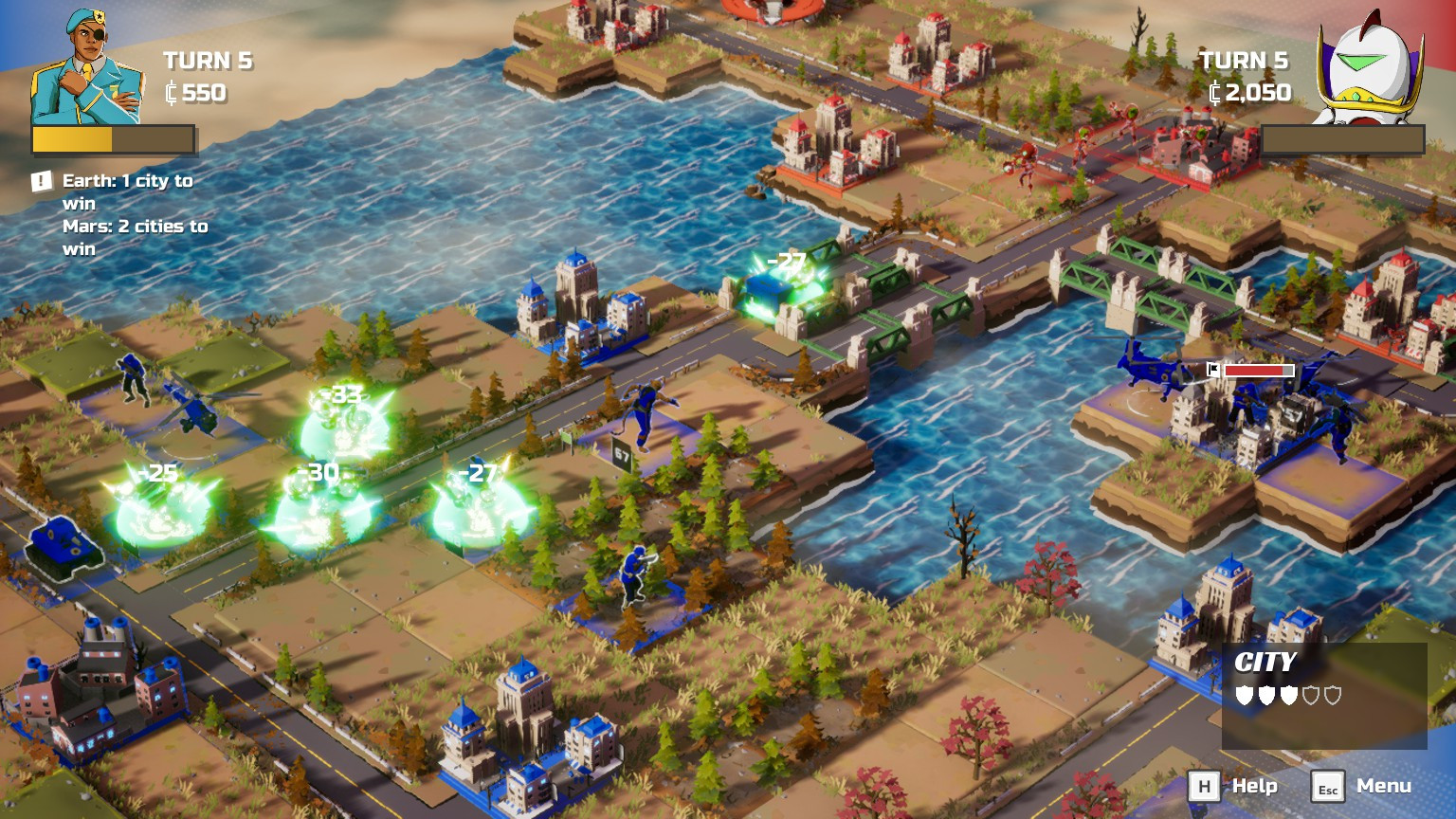
The first was how Earth decided having beefed-up humans wasn't going to cut it; they wanted beast people! Splicing system, where you can splice volunteer DNA with animals to make super soldiers. The demo gives you access to Rhino, Fly, and Cheetah DNA, and impressively, this system lets you combine multiple species parts into one character, giving them traits of these species. Head, left and right arm, legs, and a species-distinguishing feature, like tails or wings, can be placed on your volunteer, allowing you to do things like give a rhino a fly’s wings and buzz over enemy lines to smash stuff with a stampede attack that knocks enemies back. I could have a character running with cheetah speed that spits acid from a fly’s head. You can stay purist and keep your kitty all cat. There are supposed to be 10 different species you can splice volunteers with when the game launches.
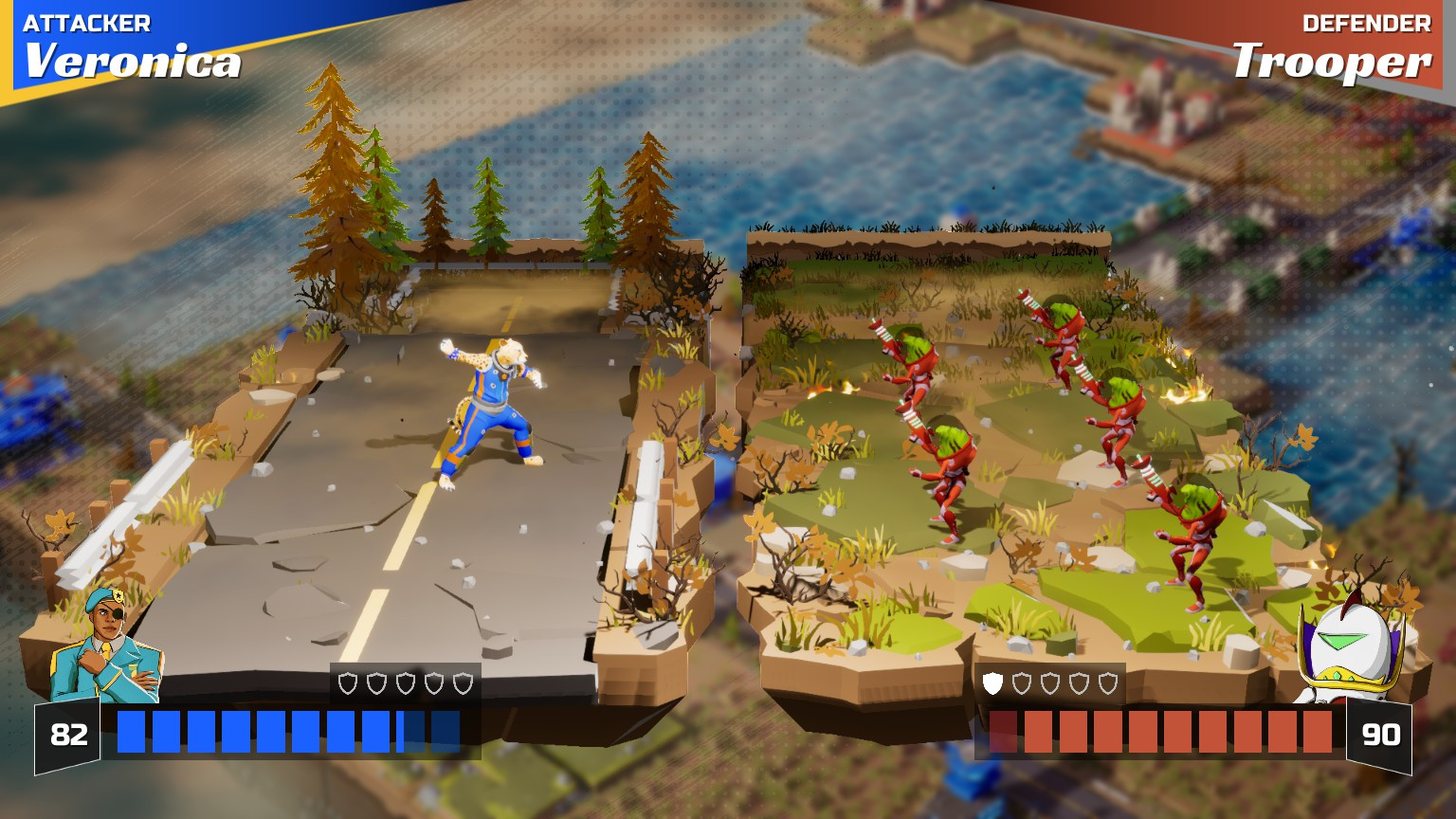
The other distinguishing feature was embracing special abilities! The three commanders have two abilities to choose from before you start the battle. Most Earth and a few Martian units have abilities you activate after a cooldown period. Earth tanks get an extra move, heavy infantry can fire a bazooka at units multiple spaces away, and attack helicopters could fire a missile barrage at numerous airborne enemies. Alien units also have unique abilities; saucers can grab and displace enemies, mortars can fire a massive AoE barrage. These abilities become the appeal of the game, powerful enough to change a battle. There are only 3 maps in the demo, one meant primarily as a tutorial map, another a map that requires you to capture 6 cities before the enemy does, and the third is standard elimination with fog of war.
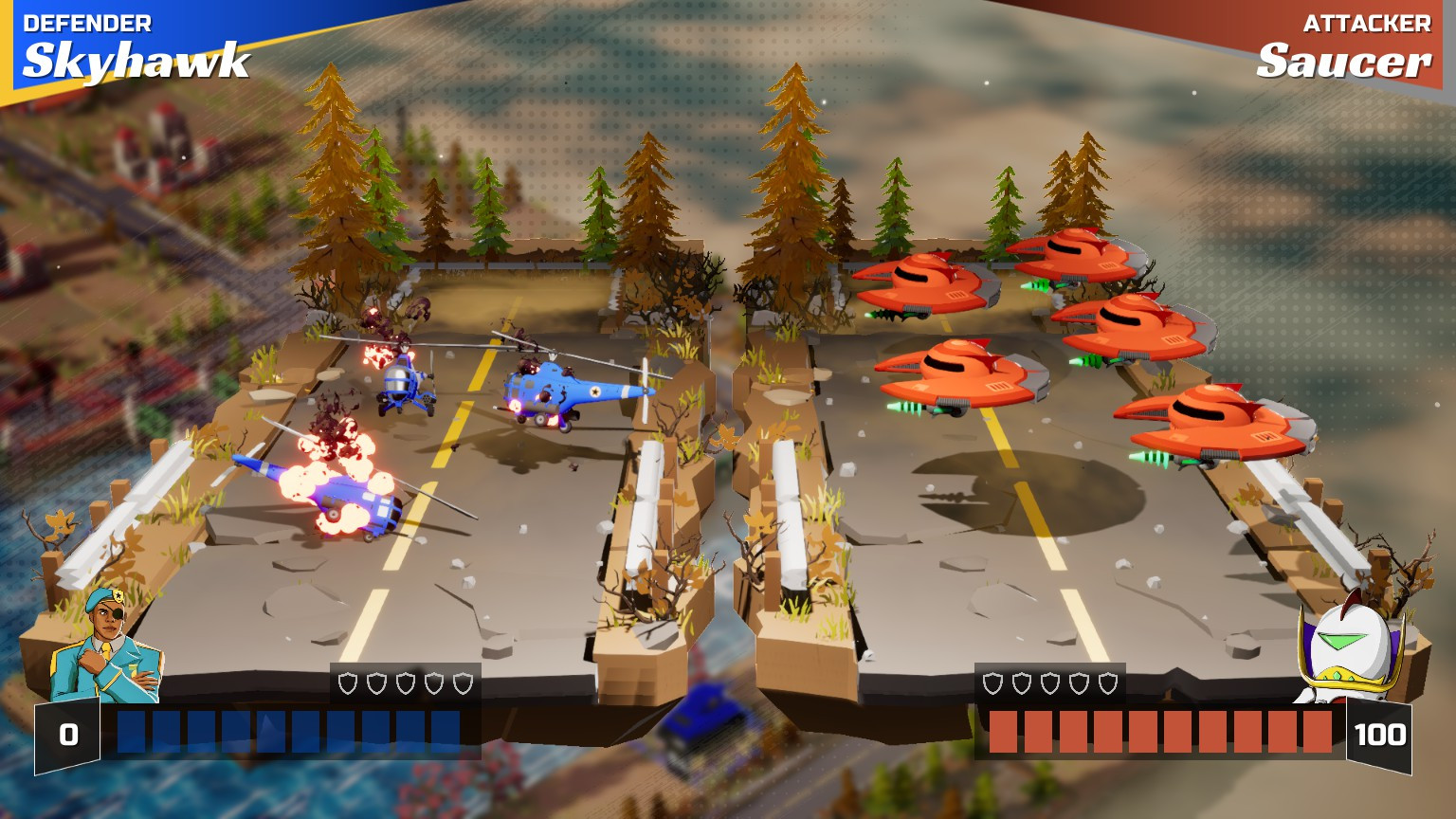
Sound design plays into that retro alien invasion trope, feeling a bit like something you’d hear from a classical alien broadcast from the mid-20th century. Lasers and explosions sound alright, while the gunfire lacks punch. Relic opted for a low-detail animated look this time, giving all the world a cartoonish feel, awash in vibrant colors. Explosions and fire effects look nice, and when lasers hit the Earth soldiers, they have green flashes and explosion impacts. Aerial units sink in water and crash on land. The units that suffer are the beast units. Their attacks are meant to be melee strikes, but unlike a game like Wargroove, they don’t run over to the enemy side and strike them; they stand in place, clawing or lunging at air. Maybe it’s because having a model run to the enemy side to hit would force everything else with guns to have to turn to face the displaced model, but they could always run over, strike, then return to their side of the battlefield, like classical Fire Emblem games.

Earth vs. Mars’ demo provided a decent insight into how Relic’s hoping to distinguish itself from already established games in the turn-based strategy genre, and there’s potential for it to be a great game, if it can hit me with far more surprises than what I got in the demo. The asymmetrical abilities between otherwise similar units is an intuitive way for Earth vs. Mars to distinguish the factions besides aesthetics and commander abilities. A release date has yet to be announced, but the demo’s available now.
